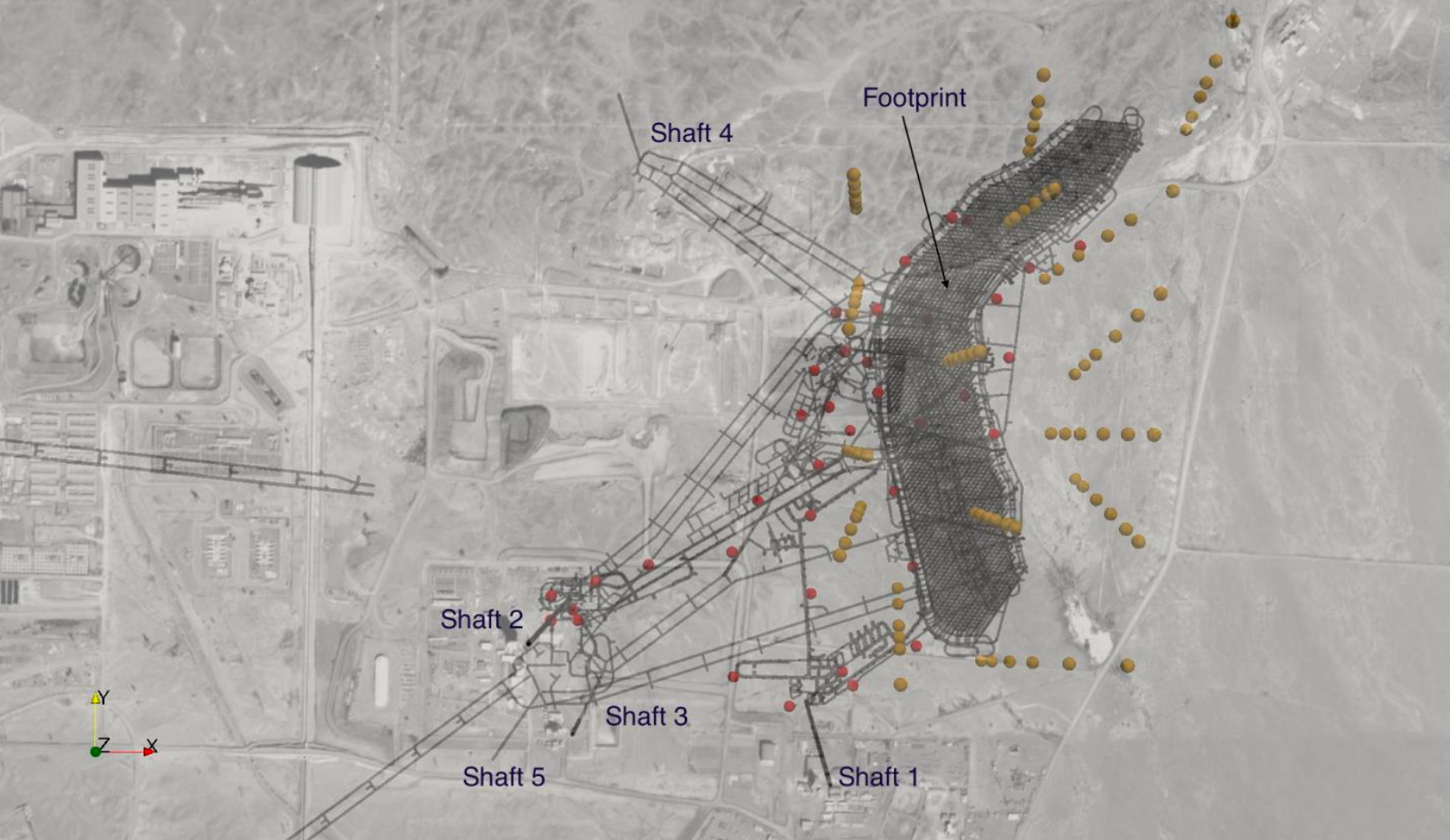According to Achievers Workforce Institute’s 2021 Engagement and Retention Report, engaged employees are 87% less likely to leave a job or employer.
Since the beginning of the pandemic, focused engagement among employees has noticeably dipped, and with nearly 40% of the American workforce adopting either a fully remote or hybrid model, the need to embolden and develop a consistently satisfied, communicative workforce has become an increasing priority for companies across a variety of industries.
A near unanimous 98% of employees want some form of hybrid work environment. So that begs the question, with an estimated 32.6 million Americans (22% of the workforce) projected to work remotely, how do employers adjust to the dynamics of remote work? Or a workplace that is becoming ever more reliant on technological engagement between employees who socialize at the proverbial watercooler?
Building Teamwork & Incentivization
Conjuring images of a tech startup or Google’s offices promoting friendly games between colleagues – think office ping pong – gamification’s rewards are often misunderstood by more traditional work environments. Defined as the use of game design elements and principles in non-game contexts, gamification can be used to motivate toward desired goals and outcomes:
- Sales: Motivate salespeople to increase sales and improve their performance. Second place no longer receives a set of steak knives; instead, a company could create a leaderboard to track sales performance and award badges and prizes to top performers (here’s a quick list of platforms: Spinify, Ambition, SalesScreen, SmartWinnr).
- Customer service: Improve customer service by motivating CSR’s to be more responsive and helpful to customers. A company could create systems where employees earn points for completing customer satisfaction surveys. Employees could then redeem these points for prizes or other rewards (Medallia, Zendesk, LevelEleven, Centrical).
- Team-building: Promulgate and enhance interpersonal relationships through teamwork among co-workers through shared challenges like trivia events and scavenger hunts (Scavify, Water Cooler Trivia, GooseChase).
Without disclosing company names, let’s take a closer look at Centrical, a customer service platform, and how they incentivize better employee engagement experiences:
- A large telecommunications company motivated its contact center agents to resolve customer issues quickly and accurately. The company created a gamified dashboard where agents could track their progress toward their goals and compete with each other for prizes. As a result, the company saw a 15% increase in CSAT and FCR scores.
- A software company used Centrical to train its sales team on a new product launch. The company created a gamified training module where salespeople could learn about the new product features and compete with each other for points and badges. As a result, the company saw a 12% increase in sales per hour after the product launch.
- A retail company encouraged its employees to learn about new company policies and procedures. The company created a gamified learning module where employees could learn about the new policies and procedures and earn points and badges for completing the module. As a result, the company saw a 3.5x increase in learning participation.
Normalizing Gamification at Work
In recent years, the advent of mobile gaming has not only disrupted traditional media (like television and film), but it has also led to a normalization of gamification in the workplace.
As of this year, the average age of a gamer hovers between 30 and 35 years old (Gen Y aka Millennials) and the longstanding gender gap has been reduced to a near even split. Extrapolate these demographics to an influx of Gen Z graduates emerging into the workforce, and you have a perfect storm for newfound modalities of employee incentivization.
The first generation to spend an equal or greater amount of time consuming gaming and online media as opposed to traditional streams of entertainment, Gen Z employees are just the first wave of graduates who have come of age with a smartphone in their hands prior to grade school. The BCG study linked above points out that:
In 2015: The average 8-12 year old spent 123min per day consuming traditional media (film and television) while they spent 79min/day gaming and 25min/day watching online content. Meanwhile, the average 13-17 year old spent 127min per day consuming traditional (film and television) while they spent 81min/day gaming and 35min/day watching online content.
In 2019: The average 8-12 year old spent 95 minutes per day consuming traditional media (film and television) while they spent 88 minutes/day gaming and 56 minutes/day watching online content. Meanwhile, the average 13-17 year old spent 113 minutes/day consuming traditional media while they spent 96 minutes/day gaming and 59 minutes/day watching online content.
In 2023: Given the figures above, it is safe to presume that the trend has continued to dramatically shift, especially post-Pandemic, in favor of a greater consumption of interactive media including console and mobile video games, TikTok, Instagram, etc. with the much of the child respondents surveyed already beginning to enter the workforce.
Therefore, it is only a natural progression – augmented by a post-Pandemic remote or hybrid work environment – that employees will be forming and building relationships online. Gamification offers a mode of interactive communication as well as incentivized rewards systems for a new generation accustomed to collaborating and competing across a range of digital platforms.




